There might just be a new entry into the pantheon of iconic space adjacent phrases, as the NASA commander that brought back the astronauts stranded upon the International Space Station uttered a truthful three-word phrase after landing back on Earth.
Suni Williams and Butch Wilmore have been at the heart of most space-related conversations for over half a year now, as their initial eight day mission to the International Space Station (ISS) was extended to a 286 day stay.
At the heart of the unprecedented delay were technical faults on multiple fronts, as not only did their Boeing Starliner craft have to return to Earth unmanned, but the SpaceX ship set to bring them back also suffered issues that delayed proceedings up until the very last minute.
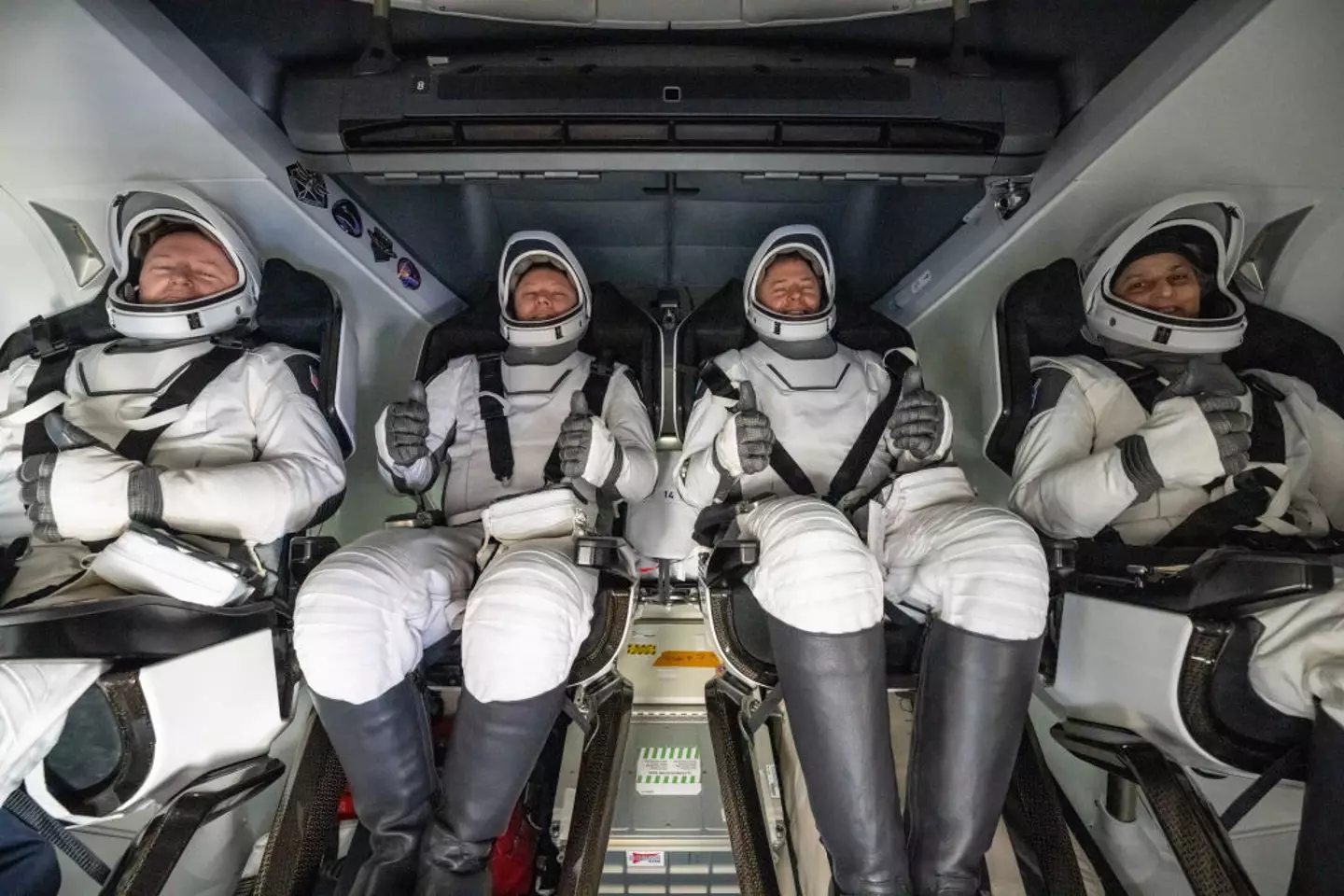

The stranded astronauts finally returned back home after a 286-day long stay on the ISS (Keegan Barber/NASA via Getty Images)
US President Donald Trump has made bringing the pair back home a top priority within the first few months of his administration, urging SpaceX CEO Elon Musk to ‘go get’ the pair and putting the blame for their delayed rescue on the Biden administration.
Williams and Wilmore have thanked both Musk and Trump for their support in bringing them back, and they’ve now finally returned to Earth, landing into the ocean off the coast of Florida last night.
Alongside the pair were Aleksandr Gorbunov and Nick Hague, who flew up to the ISS as part of the SpaceX Crew-9 mission last September, and it was the return mission’s commander Hague who uttered three now-iconic words after landing.
As reported by the Telegraph, an official spoke to the four astronauts as soon as they landed, declaring: “Nick, Alex, Butch, Suni, on behalf of SpaceX, welcome home.”
Replying to this, Hague uttered a wonderful three words: “What a ride!”
Adding to this, he also illustrated that “I see a capsule full of grins ear to ear,” and it’s easy to understand why all four passengers would be unbelievably happy to finally be back home.
Pertaining to the ride itself, it took them roughly 17 hours to travel from the International Space Station, despite it ‘only’ being around 408 km (254 miles) away from Earth.
While they were on board the ISS though, it’s estimated that they had circled around Earth 4.576 times, travelling around 195 million kilometers (121 million miles) in the process across their 286 day stay, which works out at around 681,818 kilometers per day, or roughly 16 times the Earth’s circumference.
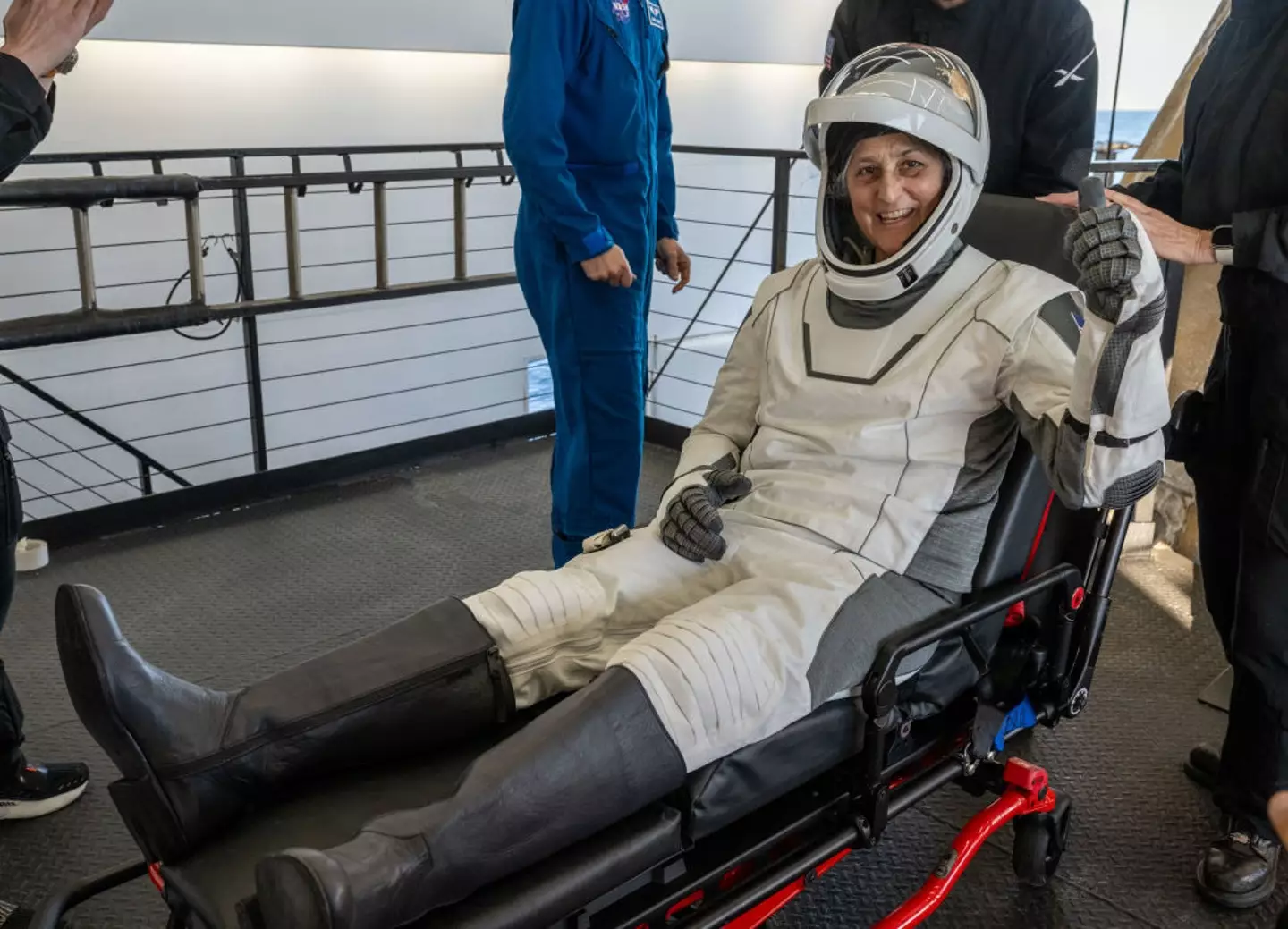

The astronauts have been stretchered off to a medical facility following their arrival back on Earth (Keegan Barber/NASA via Getty Images)
They were no doubt delighted to finally return from space, especially as seeing their families again was a top priority, but unfortunately they won’t be able to instantly switch back into ‘normal’ life after such a lengthy stay in space.
Williams and Wilmore were immediately stretchered off to a medical facility where they will now undergo a ‘brutal’ six-week physical rehabilitation program, despite conducting rigorous exercise routines while in space.
This is due to the effect of low gravity conditions on the human body, causing muscles to work far less and thus significantly reducing their strength.


After successfully undocking from the International Space Station this morning, we finally have an exact time that ‘stranded’ NASA astronauts Suni Williams and Butch Wilmore will land back on Earth after their nine month mission.
Technical delays left Williams and Wilmore ‘stuck’ on board the International Space Station (ISS) for 285 days in what was only supposed to be an 8 day venture.
Not only did the Boeing Starliner ship that they flew to the ISS in suffer issues, meaning that it had to return to Earth unmanned, but the SpaceX rocket that would then allow them to fly back home also fell victim to issues that seemed to persist until moments before takeoff.

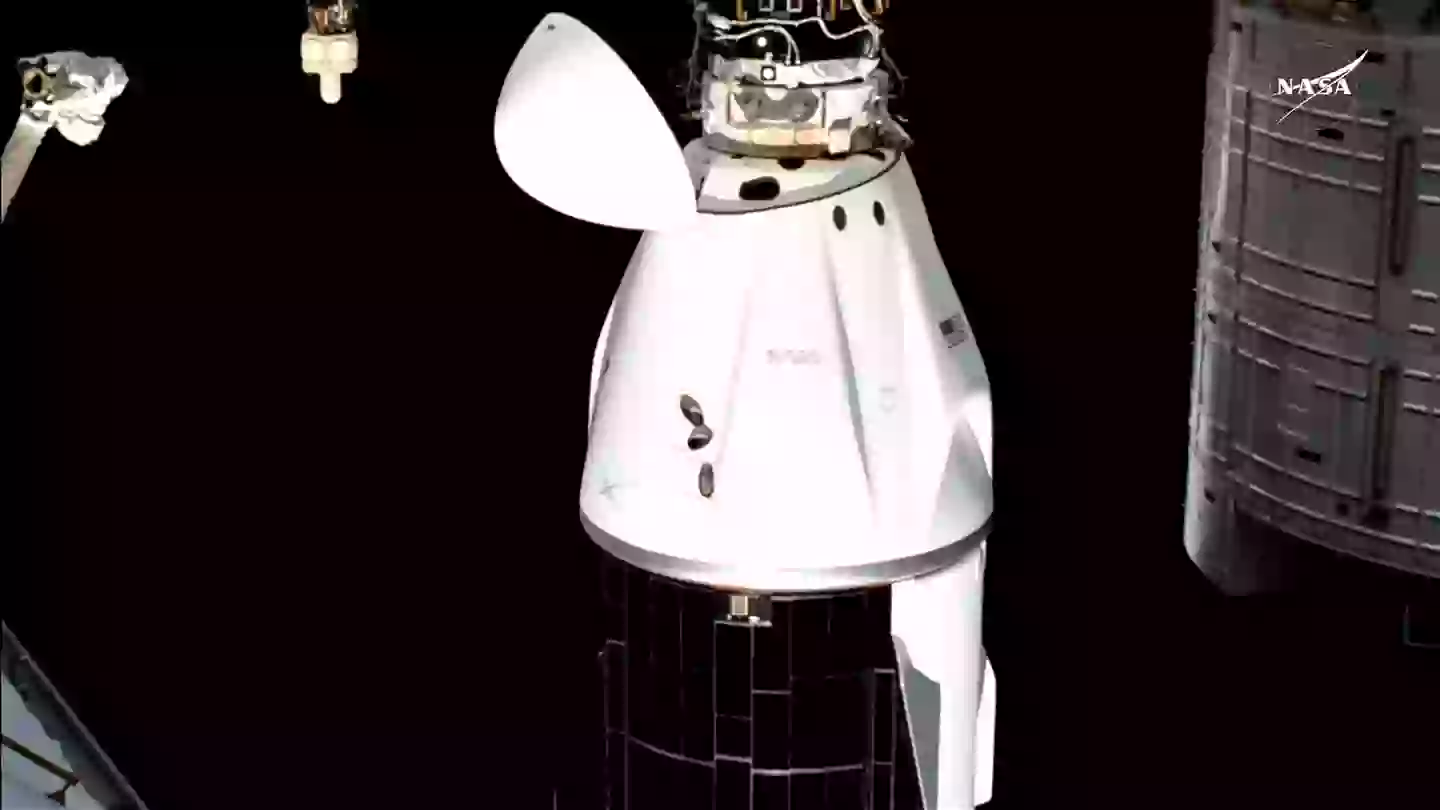
Williams and Wilmore departed from the ISS on a SpaceX Crew Dragon spacecraft this morning (YouTube/NASA)
US President Donald Trump has made it a priority to bring the pair back home since returning to office in January, ordering SpaceX CEO and founder Elon Musk to ‘go get’ them both, and both have also insisted that the blame lies with the former Biden administration.
Regardless of these claims though the SpaceX Falcon 9 rocket finally made it to the ISS on March 16, allowing the Crew-10 astronauts to undergo the necessary handover process with Williams and Wilmore, allowing them to begin their journey back home.
As reported by Al Jazeera, the Crew-10 Dragon ship finally departed from the International Space Station at 1:05 a.m. EST this morning, as shown in a livestream from NASA on YouTube.
Current estimates indicate that the ship will begin its deorbit burn at around 5:11 p.m. EST, and shortly after it will splash into the ocean off the coast of Florida at roughly 5:57 p.m. EST. (21:57 GMT)
It will then take about an hour for the crew – including both Williams and Wilmore alongside Nick Hague and cosmonaut Aleksandr Gorbunov – to be retrieved from the ocean, and the entire process will once again be livestreamed on YouTube, starting at 4:45 p.m. EST.
While the astronauts will understandably be desperate to return to their families, which is something they’ve made clear to be a priority for them, it’s unfortunately going to be a challenging return to normal life after spending so much time in space.
They will be immediately stretchered off to a medical facility where they will spend six weeks in physical rehabilitation. This is due to the dangerous reduction in muscle mass and bone density that living for a lengthy period of time in low gravity causes, as your body – including your heart – has to work far less as it’s not being constantly dragged down.
They will undergo a number of cancer related screenings as a precaution due to the work that Williams and Wilmore conducted surrounding ultrasounds and radiation, as they could be under significant risk.


Much like experiencing a delay at the airport, it’s only natural to wonder what stranded astronauts Suni Williams and Butch Wilmore have been up to during their extended wait upon the International Space Station (ISS).
Departing in June 2024 in what was only supposed to take around eight days, the pair have now been ‘stuck’ up in space for over nine months as their return flights kept getting delayed over and over again.
While Elon Musk and President Trump have blamed the previous Biden administration for deliberately not bringing them back, SpaceX’s recent delay shows that the situation is far more complicated than they are suggesting.
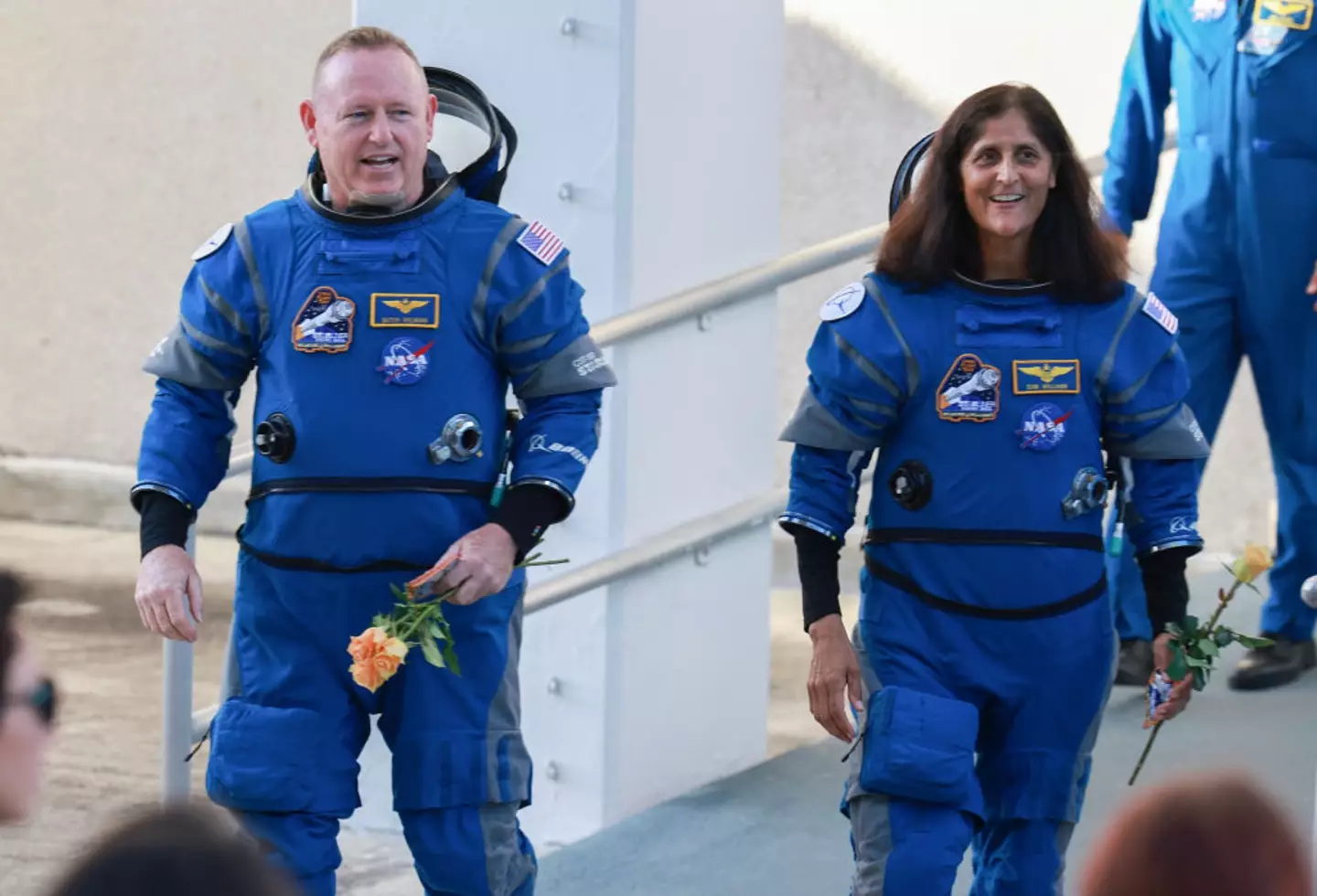

Butch Wilmore and Suni Williams have been stranded on the ISS since June 2024, with recent delays pushing their return back even further (Joe Raedle/Getty Images)
Initially their Boeing Starliner spacecraft had to be sent back to Earth unmanned after it experienced technical faults, after which the SpaceX flight that would then bring them back also had major delays.
Everyone thought that the Falcon 9 launch would finally bring them back on Wednesday, but an eleventh hour fault meant that this has now been delayed to 7:03 p.m. ET today (Friday, March 14), with a backup scheduled for tomorrow (Saturday) if any issues pop up once more.
282 days is an awful long time though, and the pair have likely long since completed the mission that saw them rocketed up to the International Space Station in the first place, leaving many to wonder what they’ve been up to in order to pass the time.
Their initial expedition, as reported by LADbible, revolved around ultrasound machines and how they affected the human body while in space. However, they’ve also been tasked with maintaining the ISS (despite it nearing its end-of-life), including work on the toilet system, which isn’t exactly the glamor of space travel that you might expect.
Previously they have managed to conduct a number of spacewalks though, including a record-breaking effort by Williams. One amateur photographer even managed to snap them in the act in a staggering image, and that’s likely made the excruciating wait more than worth it for the pair.
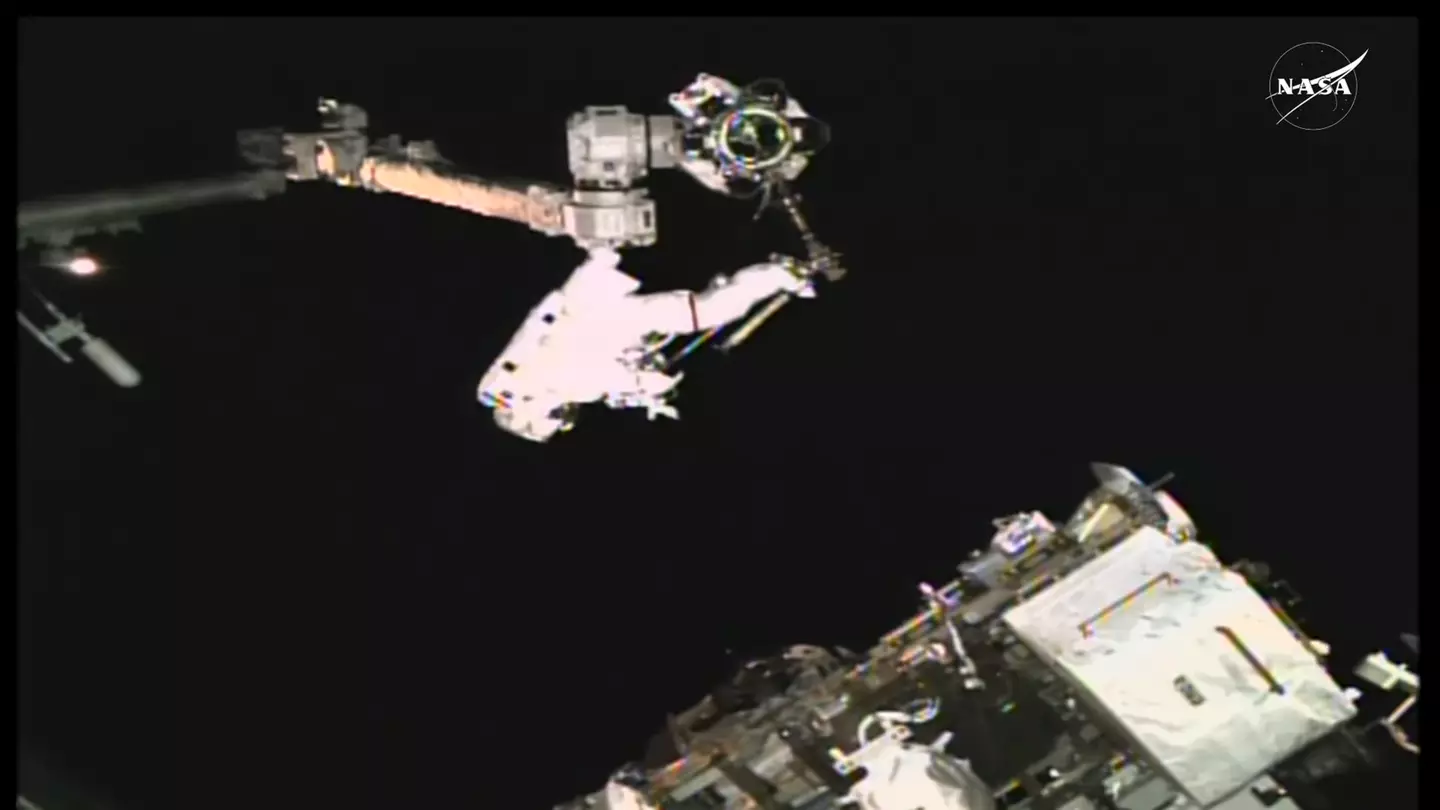

Both have conducted spacewalks in their time upon the ISS, which they wouldn’t have been able to otherwise (YouTube/NASA)
Their mission will be far from over even after they land back on Earth though, as they’ll be both immediately stretchered to a medical facility where they’ll have to undertake a six-week physical rehabilitation program.
This is due to the effects that living in low gravity for such a long stretch of time has on the body, as you end up far weaker and can struggle to walk without proper exercise and rehab – even though both engaged in regular strenuous exercise while on board the ISS.
They’ll also have to get used to other stranger realities of life back on Earth, including an adjustment period after their skin has turned ‘baby-like’.
Hopefully the wait will have been worth it though, as Williams in particular has expressed the difficulties of being away from her family while stranded in space.


The end is finally in sight.
The Falcon 9 successfully lifted off from Kennedy Space Center in Florida at 7:04 p.m. EDT on Friday (14 March), marking the long-awaited rescue mission for NASA astronauts Barry ‘Butch’ Wilmore and Sunita ‘Suni’ Williams.
Onboard the Dragon capsule are Crew-10’s four astronauts: NASA’s Nichole Ayers and Anne McClain, Roscosmos astronaut Kirill Peskov, and Japan Aerospace Exploration Agency’s Takuya Onishi.
Following a couple of days handover, Williams and Wilmore are due back on Earth after an unexpectedly long mission.
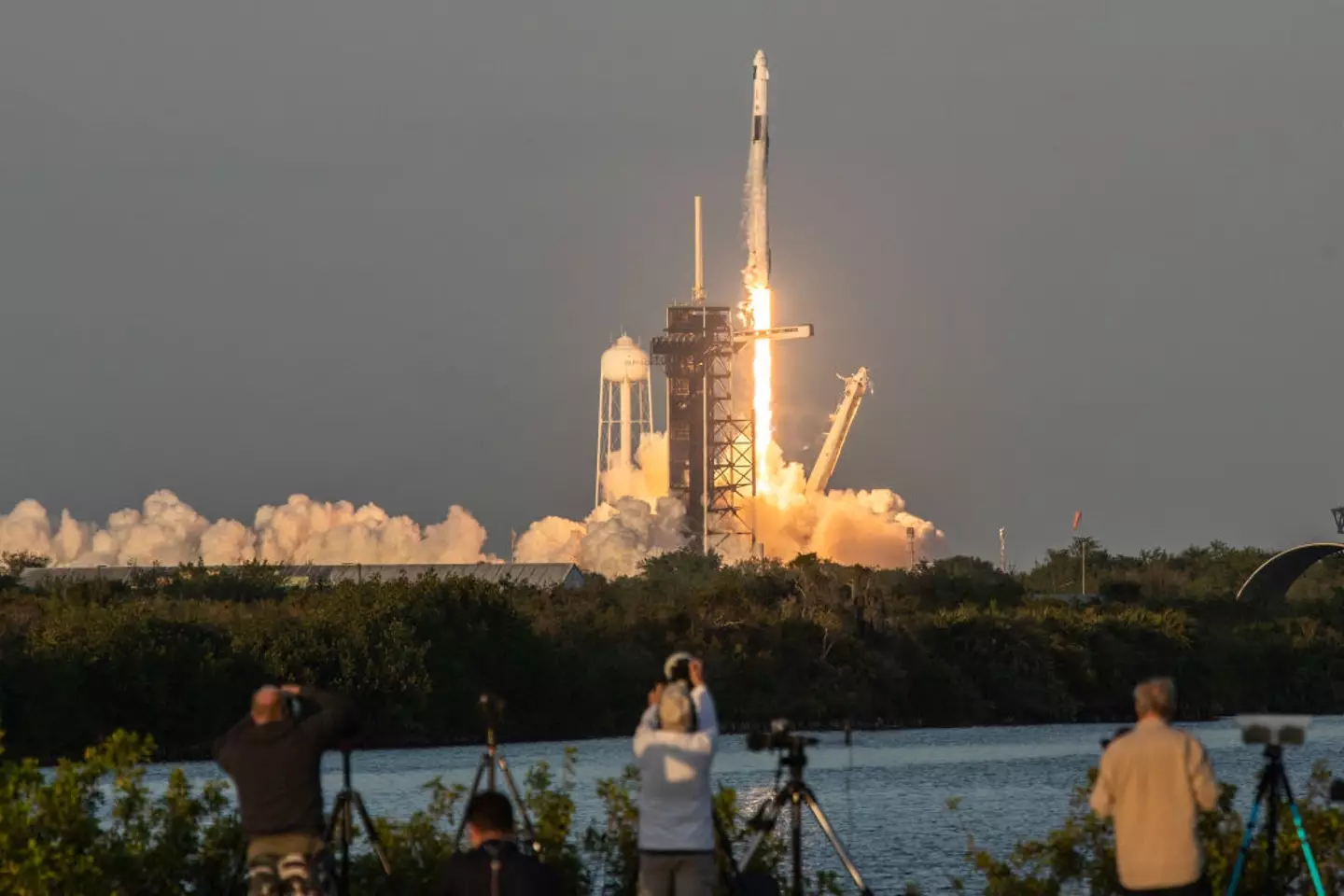

The Falcon 9 blasted off on Friday. NurPhoto / Contributor / Getty
SpaceX had originally planned to launch the Falcon 9 rocket and Dragon spacecraft in February before being pushed back until March.
Both missions were aborted last minute due to technical issues with the rocket’s clamp arm and hydraulics of the launch tower, respectively.
However, third time lucky, everything went as planned as many watched the Falcon 9 blast off on Friday.
Wilmore and Williams are to be transported home with another American astronaut and a Russian cosmonaut aboard a SpaceX Crew Dragon craft, which arrived at the ISS early on Sunday.
Now that Wilmore and Williams are finally heading home, you might be wondering – how much did this mission actually cost?
Getting to orbit has become more cost-efficient over the years, thanks to reusable rockets and advancements in spaceflight technology. However, when human passengers are involved, things get considerably more expensive.
Turns out, according to Wikipedia, standard Falcon 9 launch costs around $69.75 million as of 2024.

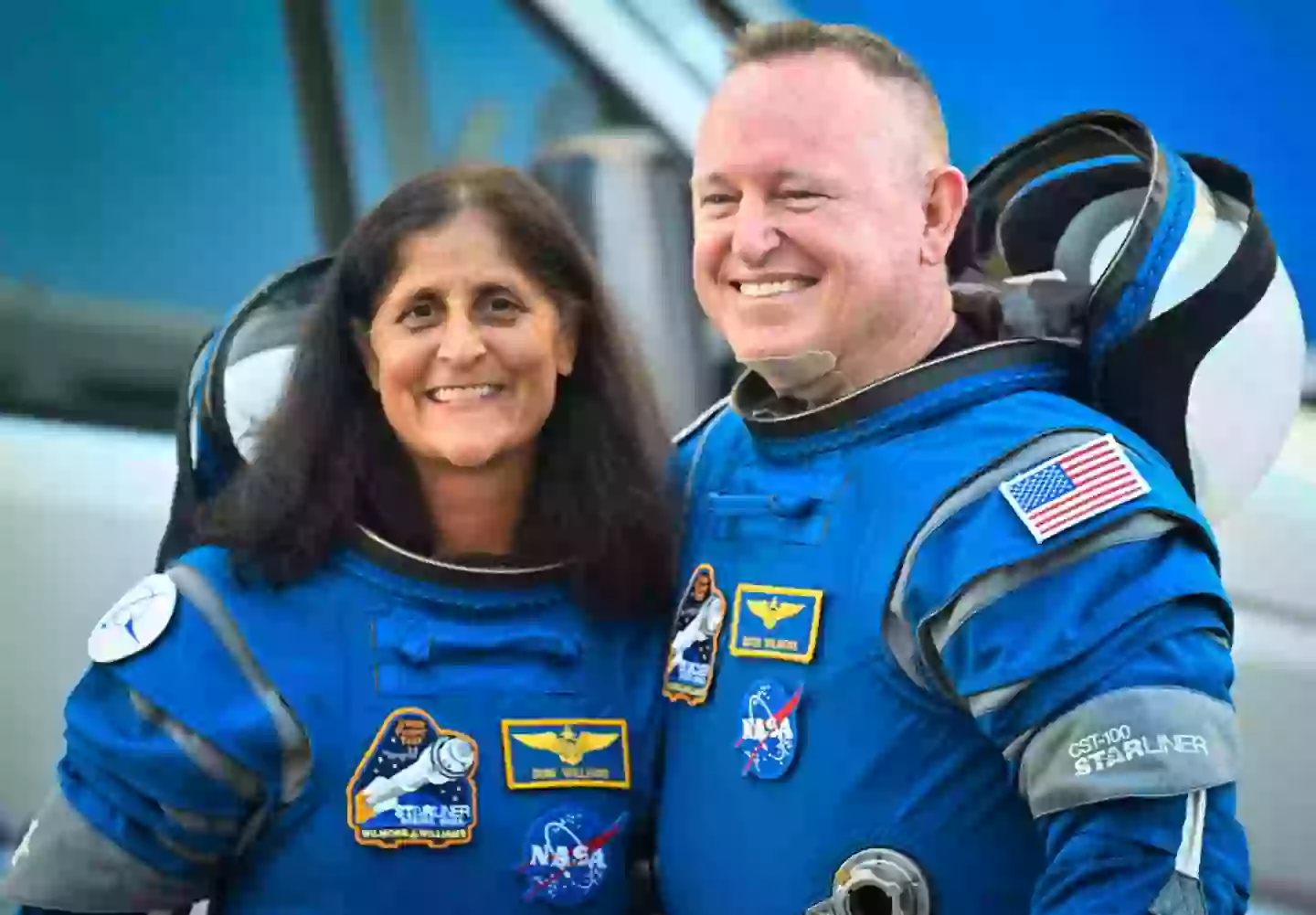
Williams and Wilmore have been stranded on the ISS for over nine months. MIGUEL J. RODRIGUEZ CARRILLO / Contributor / Getty
But when you add the Crew Dragon capsule, which is necessary for carrying astronauts, the cost jumps to approximately $140 million per launch.
Why’s that?
Well, the Crew Dragon capsule increases the total mass of the rocket, meaning there is less room for cargo. The spacecraft is also packed with extra safety systems, life support and human-rated components, which drive up costs.
The Falcon 9 is capable of carrying a little over 13,000 pounds when human passengers are onboard.
To put it into perspective, the cost per pound for a crewed launch is about $10,000.
The cost of launching a rocket isn’t cheap – and probably never will be.
But with the combined efforts of private and public space explorers, launches have become more cost-effective.
For example, Elon Musk’s space company has made multiple missions possible with the same hardware by exploring reusable rockets.
Meanwhile, Jeff Bezos’ Blue Origin has developed two reusable rocket systems: the New Shepard for suborbital flights and the New Glenn for orbital missions, both designed for vertical take-off and landing.
After nine months being ‘stuck’ on the International Space Station, Sunita Williams and Butch Wilmore are finally back on Earth. Following a 17-hour journey back from space, the pair of astronauts made a splashdown near Tallahassee, Florida.
Although March 12 rescue mission was called off at the last minute, Williams and Wilmore were finally boarded onto their Dragon spacecraft and disembarked with Nick Hague and Aleksandr Gorbunov.
NASA gave people around the globe a chance to watch this historic moment live, with thousands tuning in to watch the craft make it out of orbit.
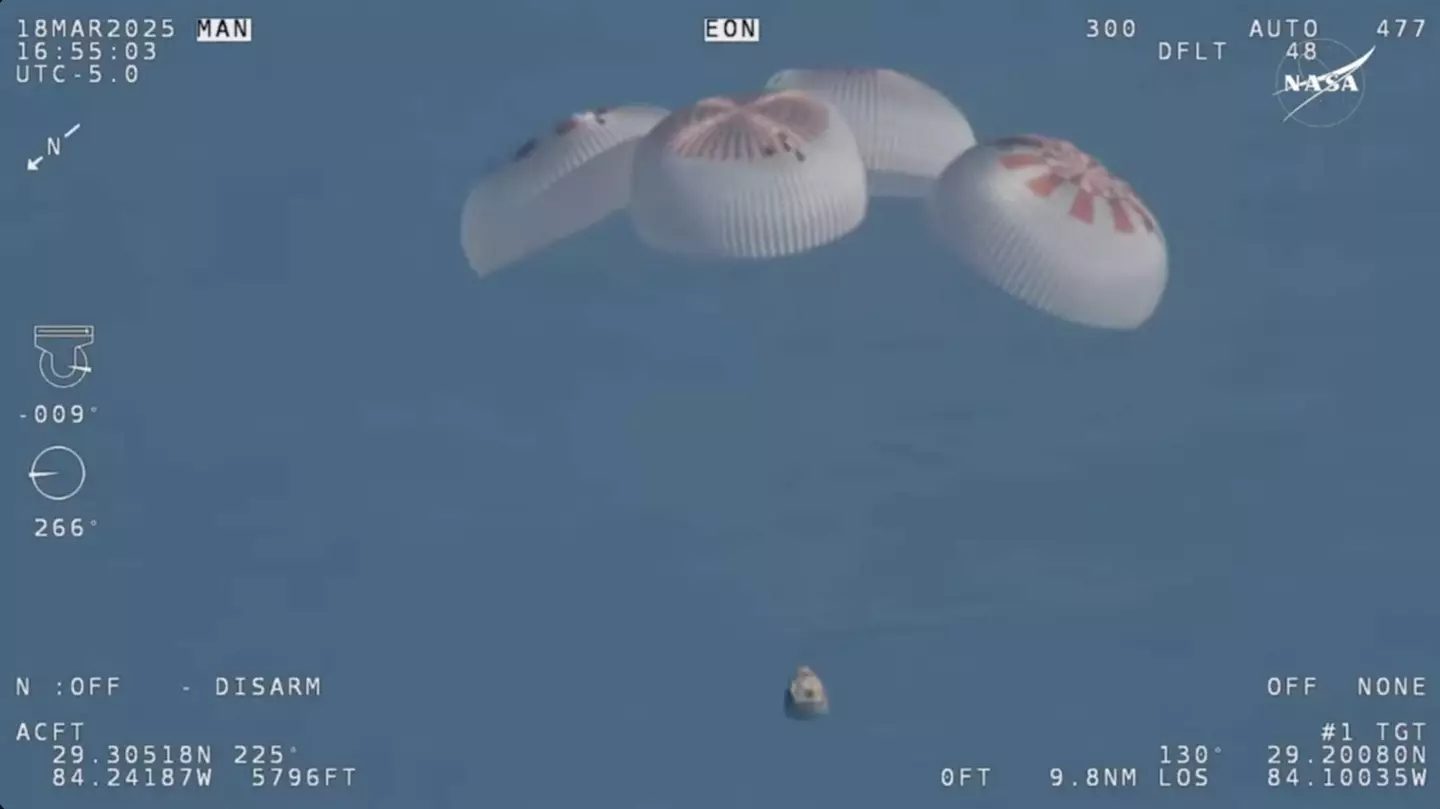

Sunita Williams and Butch Wilmore are finally back on Earth (NASA)
All four safely returned to Earth on March 18, with the long-awaited return of Williams and Wilmore being all anyone could talk about.
Landing right on time at 5:57 pm Eastern Time, Dragon successfully reentered the atmosphere and deployed its parachutes.
It was then over to the recovery vessels to climb aboard the capsule and check that everything is okay with everyone inside.
The main vessel (Megan) is on the way to Dragon, although it takes around 25 minutes to get there.
In the meantime, Williams and Wilmore are left bobbing in the ocean, although we’re told there’s air conditioning to keep things cool inside. We imagine it can get a little stuffy while inside their suits.
At least they’ve back on Earth, and while it’s not quite dry land just yet, we’re sure they’ve glad to be back from their extended stay in the cosmos.




